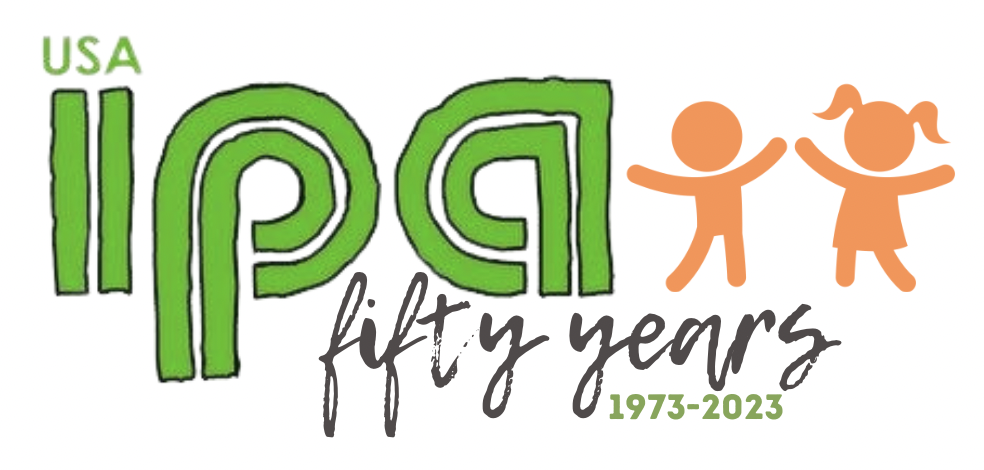1948
|
1959
|
1961
|
1973
|
1989
|
1948
The United Nations proclaims the Universal Declaration of Human Rights.
1959
The United Nations proclaims the Declaration of the Rights of the Child which states,
“Mankind owes the child the best it has to give,” and asserts “the child shall have full opportunity for play and recreation which should be directed to the same purposes as education.”
1961
The International Association for the Child’s Right to Play (IPA) is formed in Denmark. Over forty nations become affiliates. The primary aims of the Association are to:
● Advocate and protect the child’s right to play (Article 31 of the Convention on the Rights of the Child – see 1989).
● Exchange and disseminate information about best practice in the field of play through printed materials, the Internet, conferences, and study tours.
● Implement action projects at international, regional, and local levels.
1973
The American Association for the Child’s Right to Play (IPA/USA) is formed in Philadelphia, Pennsylvania, with the primary goal of protecting, preserving, and promoting play as a fundamental right for all children.
Towards that goal the Association:
● Produces a quarterly newsletter
● Disseminates information about play facilities, programs, and research issues affecting the child’s safety on playgrounds
● Aids children’s projects in local communities and supports a National Play Day
● Holds special seminars, symposiums, and workshops on current play issues
● Hosts a USA national conference every three years
● Supports the IPA triennial world conference
Early childhood specialists, playground designers and manufacturers, landscape architects, play leaders, child care workers, elementary school administrators, classroom teachers and parents, leisure and recreation professionals, movement specialists, and physical educators.
1989
The General Assembly of the United Nations adopts the Convention on the Rights of the Child. This convention is a human rights treaty. Nations that ratify the treaty’s standards are known as “states parties” and are obligated to enact laws and to undertake legislative, administrative, and other governmental measures to implement the Conventions articles.
The following are among the many important rights of the children recognized by the Convention:
● The right to a name and a nationality
● The right to healthcare services
● The right to education
● The right to protection against discrimination on the basis of race, sex, and/or religion
● The right to protection against abuse, neglect, or injury
● The right to protection from economic exploitation
● The right to rest and leisure, to engage in play and recreational activities appropriate to the age of the child, and to participate freely in cultural life and the arts (Article 31)





